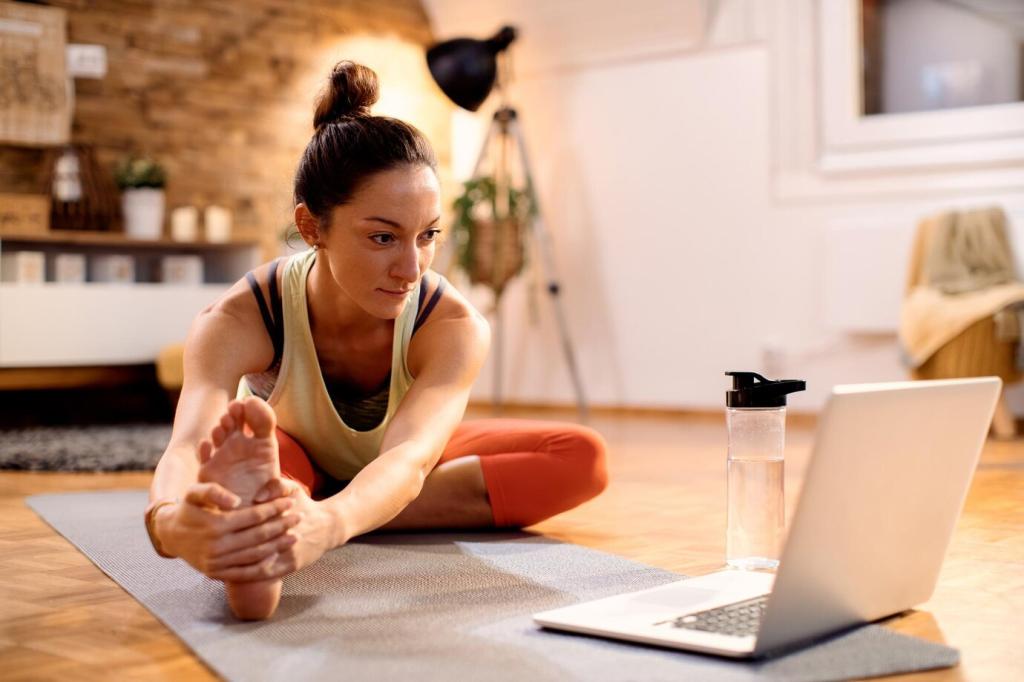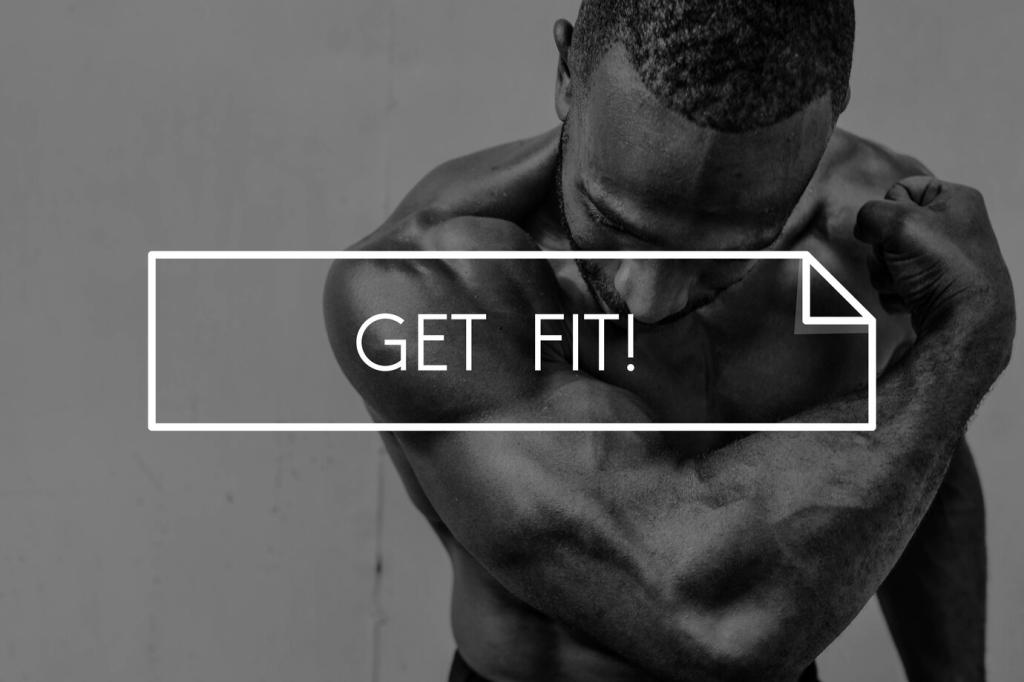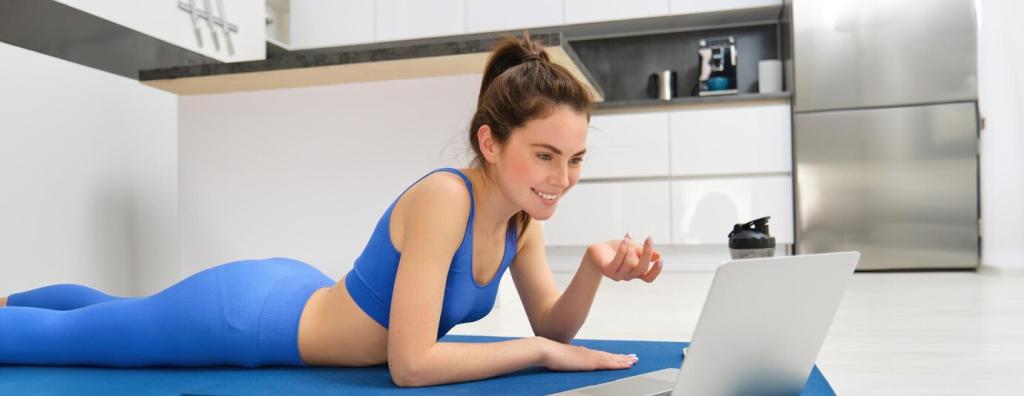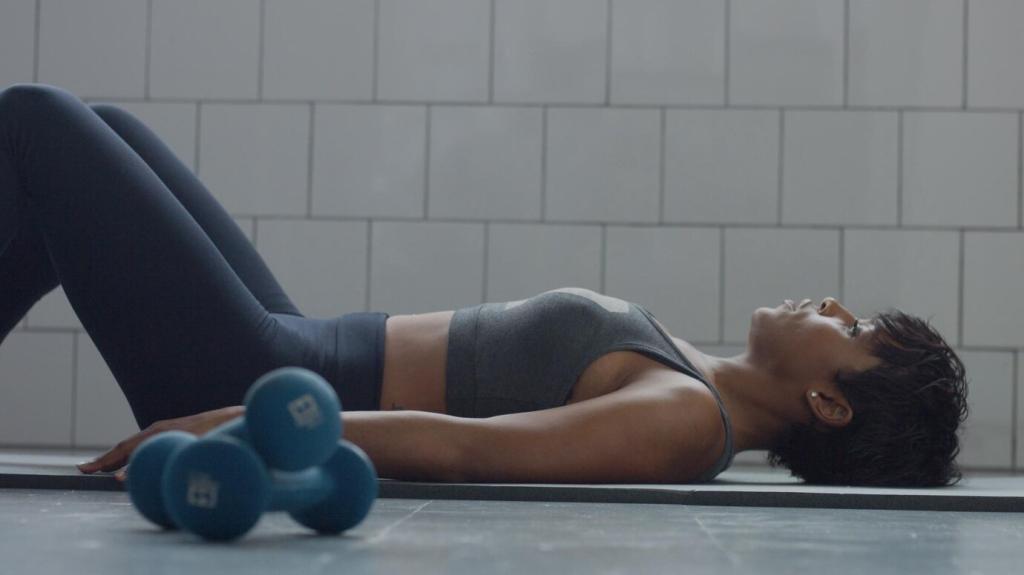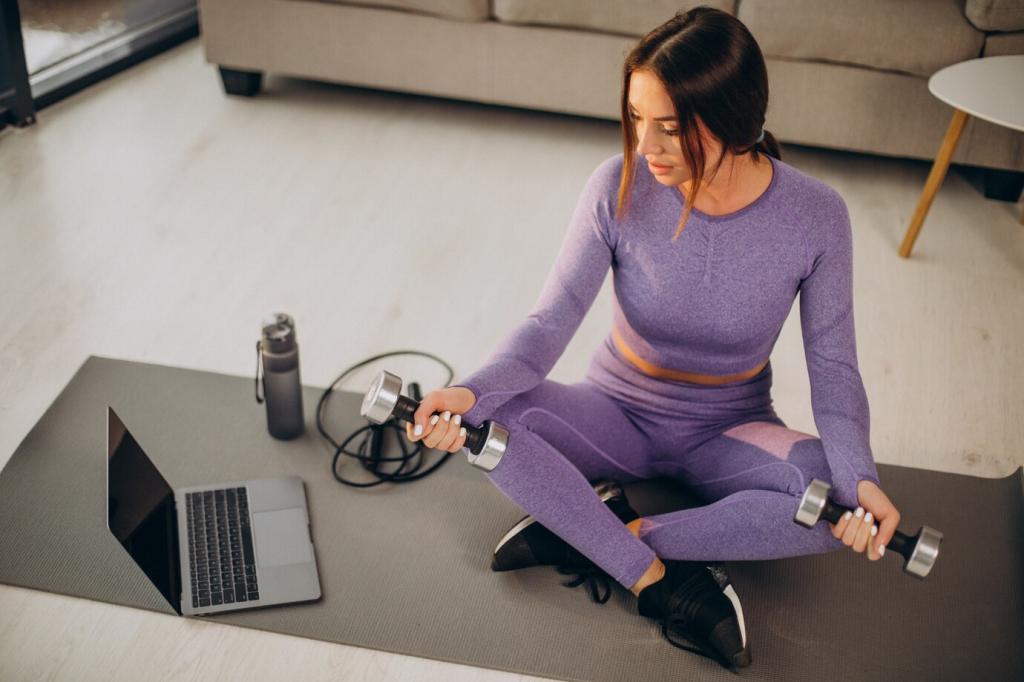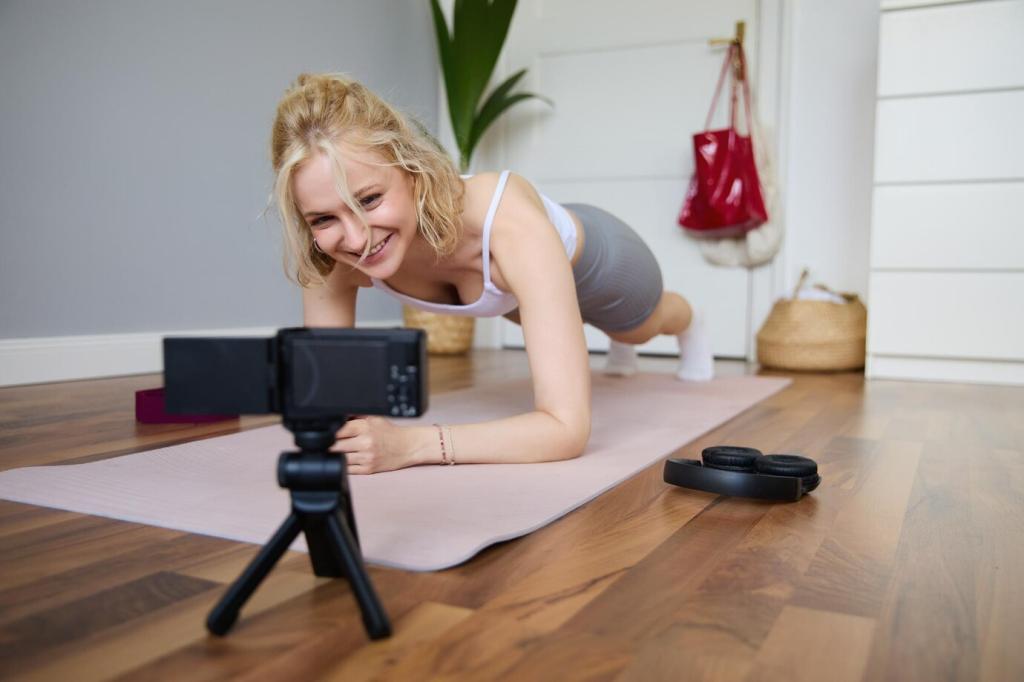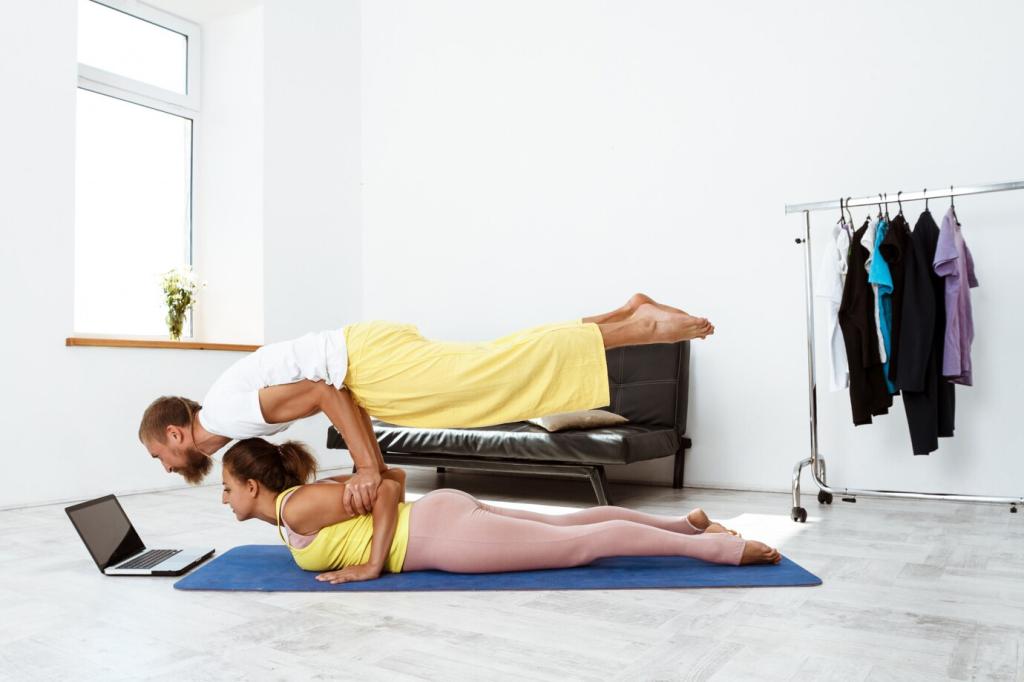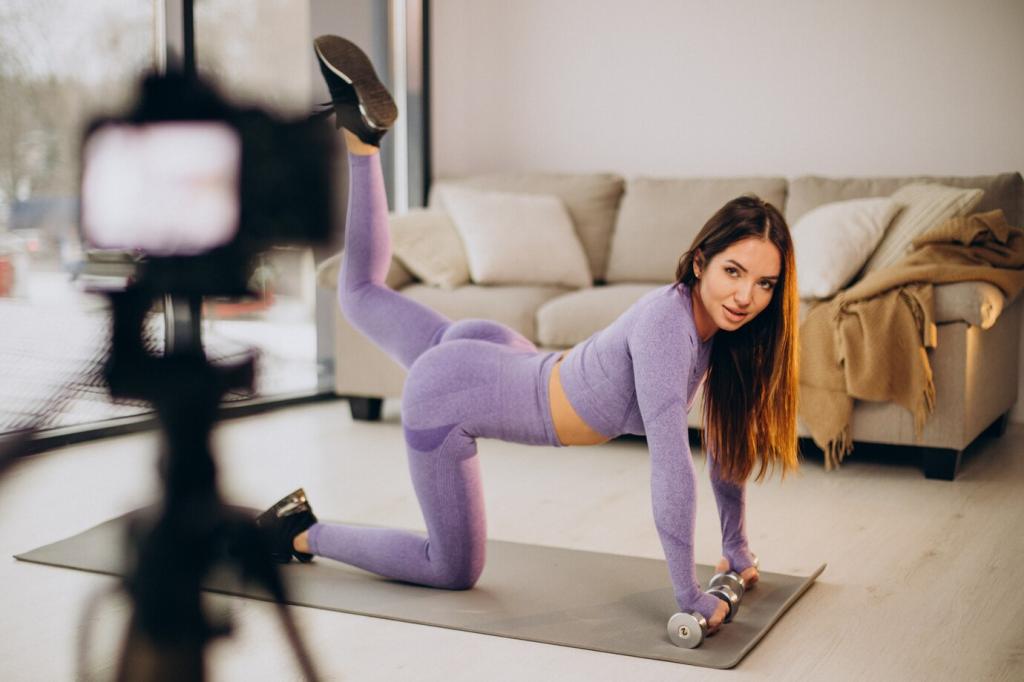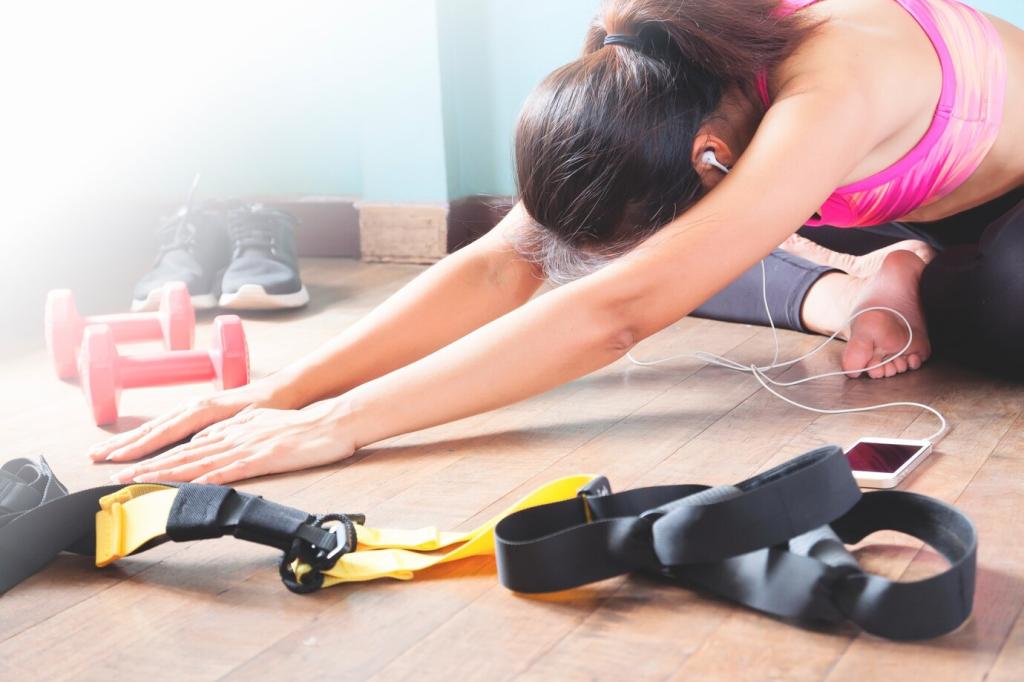Why Personalized Flexibility Matters
Flexibility improves functional range, enabling joints to move freely through daily and athletic tasks. Research supports 2–3 days per week of dedicated stretching, ideally daily, with 10–30 second holds repeated several times. Personalized approaches match your body’s tissue tolerance, joint history, and goals to enhance longevity without compromising stability.
Why Personalized Flexibility Matters
Thoughtful flexibility work can reduce injury risk by balancing tension across joints. When hamstrings or hip flexors are chronically tight, compensations often appear in the lower back or knees. Personalized mobility targets these bottlenecks, pairing movement preparation with tissue care so you move efficiently, confidently, and consistently across workouts and everyday life.

